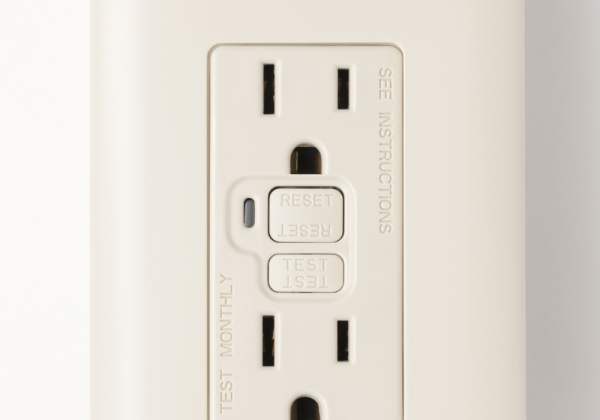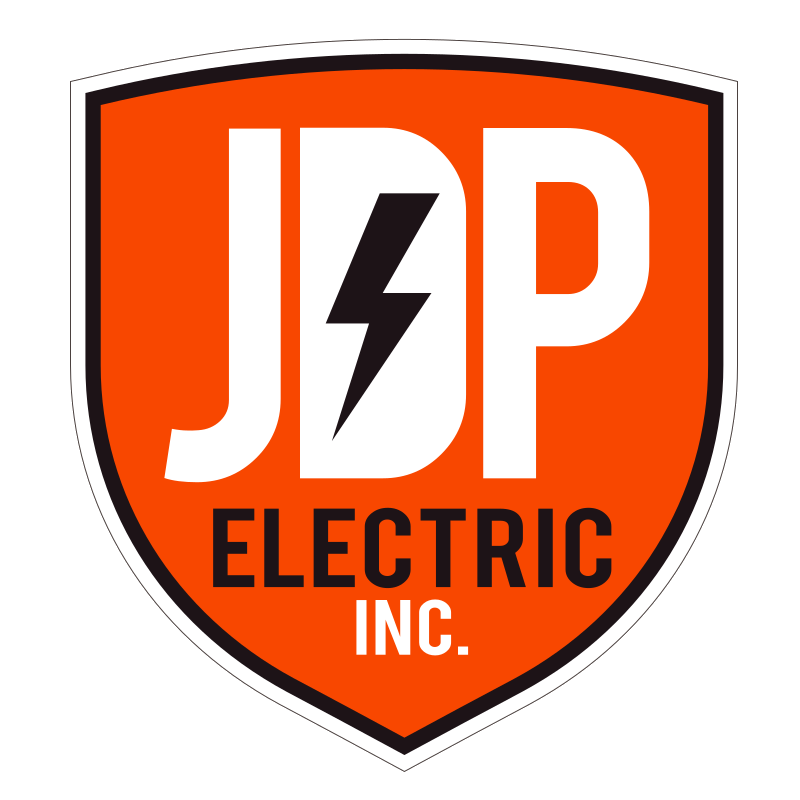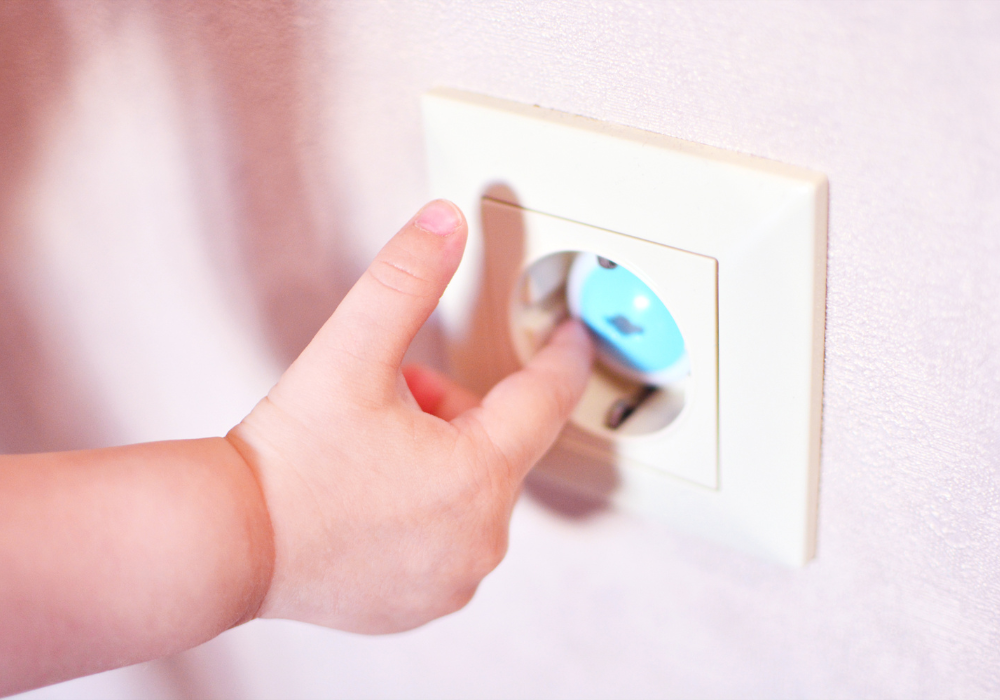As parents, ensuring the safety of our children is a top priority, and one area that requires particular attention is electrical safety. With the multitude of electrical devices and outlets present in modern homes, it’s essential to take proactive steps to childproof your home and minimize the risk of electrical accidents. In this blog, we’ll explore important electrical safety tips for families to help keep children safe from potential hazards.
Install Outlet Covers

One of the most basic yet effective ways to childproof your home’s electrical outlets is by installing outlet covers or safety plugs. These inexpensive devices fit securely into outlets, preventing children from inserting objects into them and reducing the risk of electric shock. Make sure to cover all unused outlets throughout your home, including those behind furniture and in less frequently used rooms.
Use Tamper-Resistant Outlets
Consider upgrading your home’s electrical outlets to tamper-resistant receptacles (TRRs), which are designed to prevent children from accessing the electrical contacts inside. TRRs feature built-in shutters that only open when both prongs of a plug are inserted simultaneously, reducing the risk of accidental contact with live electrical components. Installing TRRs provides an added layer of protection against electrical accidents in your home.
Secure Electrical Cords
Keep electrical cords out of reach of children by securing them with cord covers or organizers. Unsecured cords pose a tripping hazard and can also be tempting for young children to pull on or chew on, increasing the risk of electrical accidents. Use cord covers to conceal cords along baseboards or walls, and use cable ties or clips to keep them neatly organized and out of sight.
Store Electrical Devices Safely
Store electrical devices such as hairdryers, curling irons, and power tools out of reach of children when not in use. These devices can pose a serious risk of burns or electrical shock if accidentally turned on or mishandled by children. Consider installing locks or latches on cabinets or drawers where electrical devices are stored to prevent unauthorized access.
Teach Electrical Safety
Educate your children about the importance of electrical safety and teach them basic rules for using electrical devices and outlets safely. Teach them to never touch electrical outlets or appliances with wet hands, never to insert objects into outlets, and always to ask for adult supervision when using electrical devices. Reinforce these safety rules regularly to ensure they become ingrained habits.
Check Electrical Cords for Damage
Regularly inspect electrical cords for signs of wear or damage, such as fraying, exposed wires, or cracks in the insulation. Damaged cords pose a significant risk of electrical fire or shock and should be replaced immediately. Avoid using extension cords as permanent solutions and opt for longer cords or additional outlets instead.
Install GFCI Outlets

Ground Fault Circuit Interrupter (GFCI) outlets are designed to protect against electric shock by quickly shutting off power in the event of a ground fault or electrical imbalance. Install GFCI outlets in areas of your home where water is present, such as bathrooms, kitchens, and outdoor areas. Test GFCI outlets regularly to ensure they are functioning correctly and provide continued protection.
Schedule Regular Electrical Inspections
Finally, schedule regular electrical inspections with a qualified electrician to ensure that your home’s electrical system is safe and up to code. An electrician can identify potential hazards such as overloaded circuits, faulty wiring, or outdated electrical components and recommend necessary repairs or upgrades to enhance safety. Regular inspections provide peace of mind knowing that your home’s electrical system is in good condition and safe for your family.

